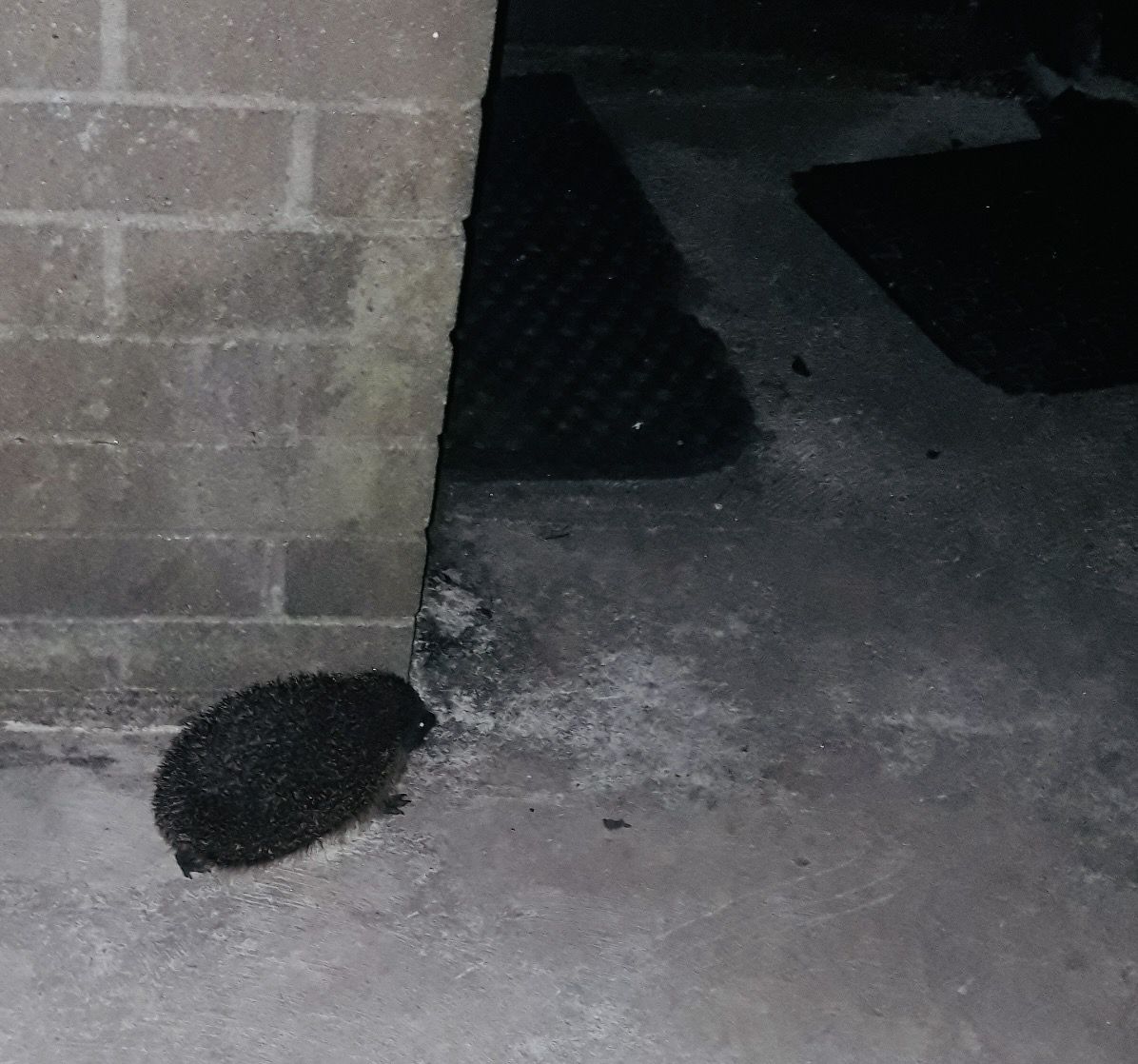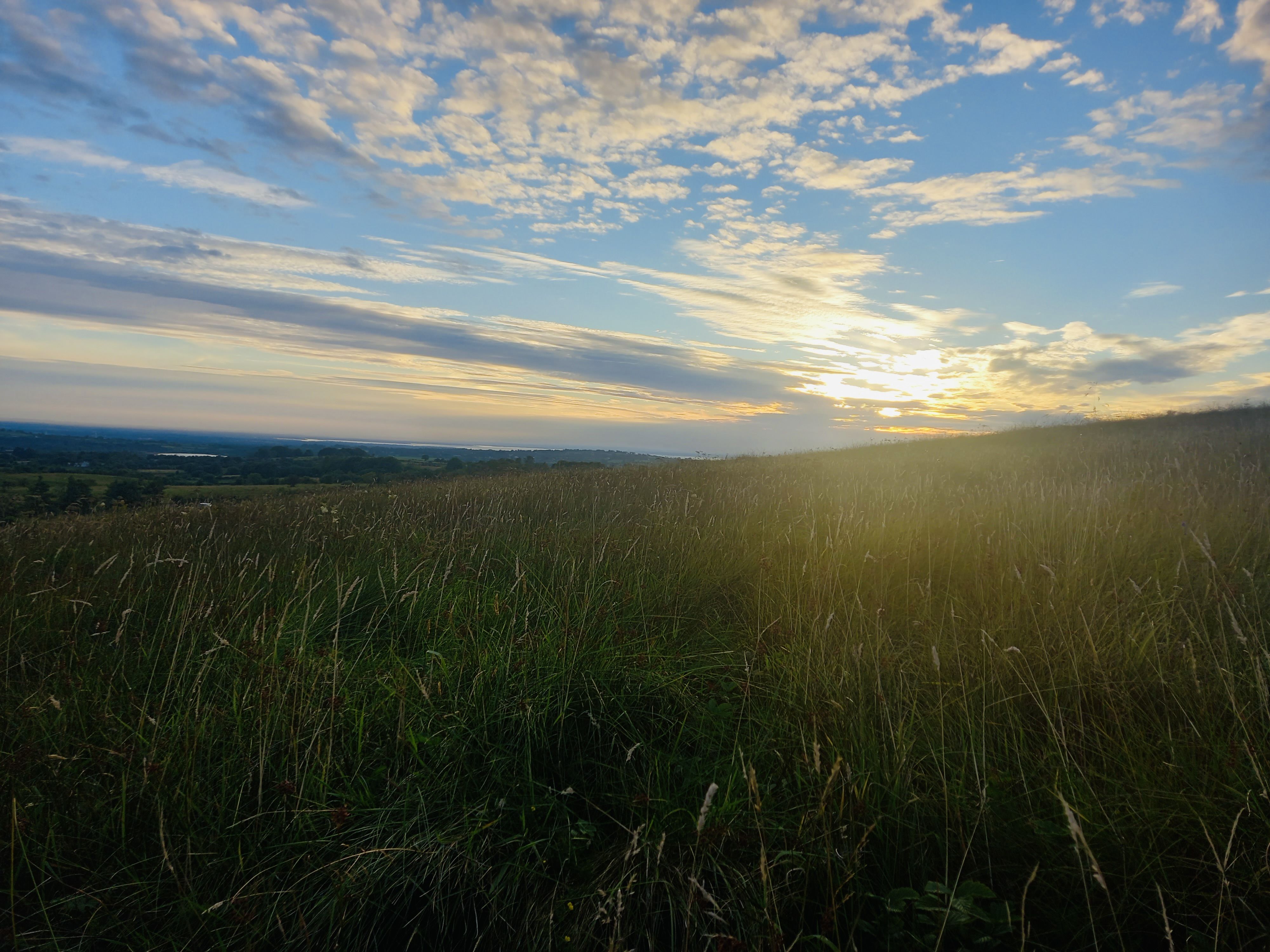BEFORE mindfulness became a thing, we had it sorted – and we didn’t even realise it.
We thought nothing of trekking all the way to the upper slopes of Black Mountain and then just falling down in the thick grass and lying there. The world below us continued to turn but here time stood still. Dúlra and his hillwalking mates would spend a good half hour up there doing absolutely nothing. Maybe someone would produce cigarettes and we’d blow smoke up into the blue sky, not quite lost in thought, but actually thinking of absolutely nothing.
The mountain does that, it eats up your very thoughts, never mind worries, and decomposes them like they were fallen leaves carried away by an army of ants. You realise you’re just another creature among many thousands of others, up here in the grass you’re on an equal footing to the hare sitting tight a few feet away, or even the crickets that hum at your feet.
From the street, Dúlra would look up at Black Mountain longingly, until he realised it wasn’t off limits. You just had to pick a spot and determine to get there. And if looking at the mountain from the city was soothing, it was nothing compared to looking at the city from the mountain. You’d always marvel at how small Belfast was – how could such a tiny place cause so much trouble?
Black Mountain was on the doorstep of tens of thousands of people, but few stepped on to it. It was largely inaccessible – we had to constantly climb gates and barbed wire fences, duck under ditches and skirt treacherous quarries. The truly experienced walkers – the boul’ Steek Megaw was one – had somehow mapped the almost-mythical wells that trickle out of the earth at various points near the aptly named Upper Springfield Road. You’d crawl through blackthorn thickets and then have to balance yourself press-up style over the tiny but strong bubbling eruption that burst through the wet mud to gulp down some of the purest water this island has ever produced – enough of it to see you through to the top.
These reminiscences came flooding back to Dúlra this week as he plunked himself down among the thick grasses of Slievenacloy. Mediating Buddhist monks couldn’t conjure up a more relaxing experience. This nature reserve has been well thought-out to put wildlife first. One huge field has been totally fenced off – it takes some effort just to find a spot where you can crawl under the taut barbed wire. On the other side of the fence, the plants have been able to grow unhindered and by September they are up to your waist.
The variety of plants is stunning: rushes mixed with ragged robin and thistles bulked up by countless wild flowers. By the time Dúlra got there it was only seven o'clock, but already the day was almost over and the sun was well on its way to setting over Lough Neagh in the distance.
This twilight hour is like being between two worlds, one that has ended and another that has yet to start. The daylight birds had turned in for the night, but it was still too light for the nighttime creatures. It can be deadly quiet – and that's no bad thing.
Dúlra found a good spot and lay down. At once, he felt more connected to nature. He was able to enjoy the rainbow hues of the evening sky while the air hummed with the wings of countless moths that were emerging. It would be a while yet before Sliabh na Cloiche would echo to the click-click of the fishing reel – the nighttime call of the grasshopper warbler. The only birds that kept him company were a single wren and a coal tit, which both occupied the same wind-beaten hawthorn tree on the hillside.
Lying down removes not only our advantage, but our threat. Crows on their way to their evening roost flew just a few feet overhead when they would normally take a detour as soon as they saw a hillwalker. On Black Mountain all those years ago, the mountain kestrel used to hover right above us as we lay on the grass. It would look down confused, not really sure what sort of creature we were without that standing pose that propelled us to the top of the animal kingdom. Lying down seemed to take away our threat and give things equilibrium once more. And that's no bad thing.
Pat’s hedgehog heads straight for the doormats
This wee creature is visiting a house in Glenmeen Close in the Hannahstown estate, not because reader Pat McDermott has been leaving out food for it, but because the hedgehog has found a good larder all by itself – under those doormats. As we know, mats like these are just like rocks – insects will gather underneath for protection. Pat reports that the hedgehog has been nudging his rubber mats to one side and feasting on the beetles underneath. So if you want hedgehogs in your garden – in fact at your back door – just get yourself a doormat!








